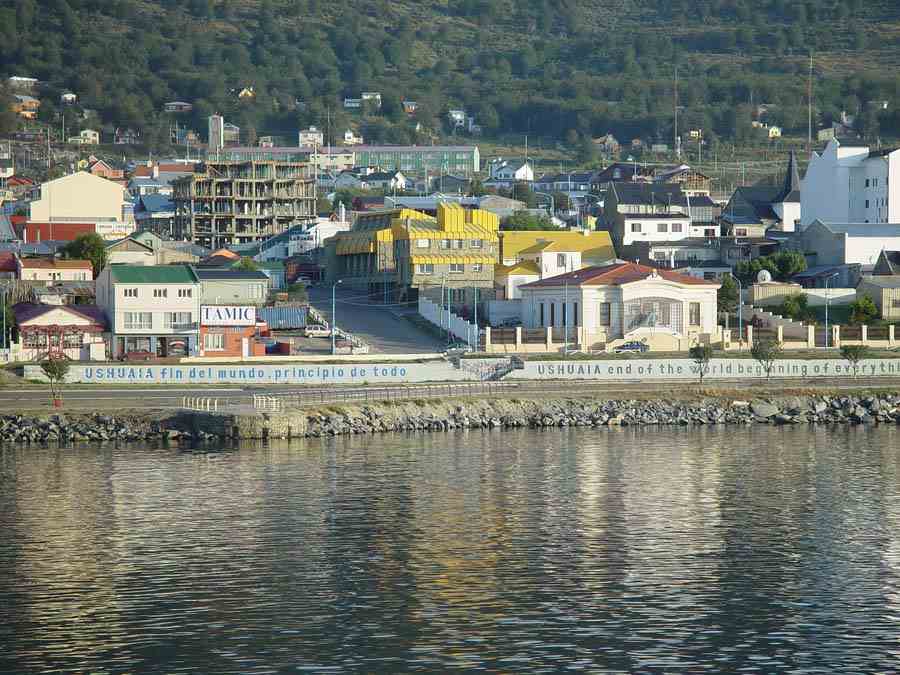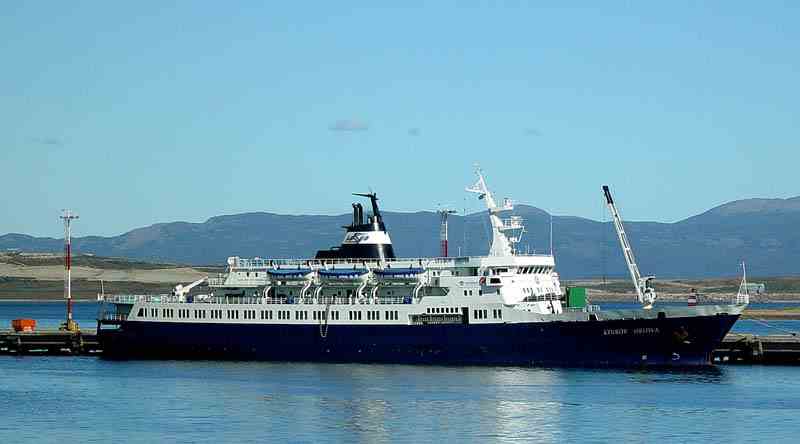
|
Antarctica In late January 2005 we flew to Auckland and then on to Buenos Aires. After a night in Buenos Aires we flew to Ushuaia on the south coast of Argentinian Tierra del Fuego. We had 5 daysto look around Ushuaia before we boarded the Lyubov Orlova for our 10 day Antarctic cruise. The Orlova was built in Yugoslavia in 1976 and was named after a Russian actress who began her career in silent films. The Orlova is one of 6 ships that were all Not an ice breaker, but ice strengthened, it carried 100 passengers. built in the same style and named after Russian actresses. |

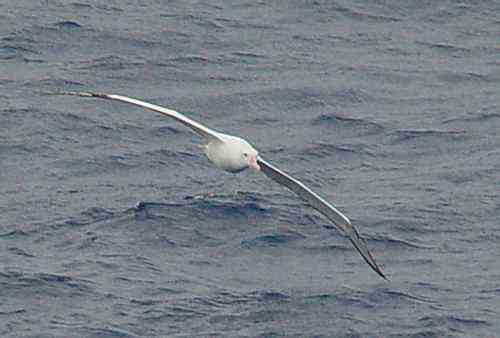
|
The Drake Passage between South America and Antarctica was not as bad as we had feared. The Orlova rolled rather than pitched. We coped well and were not seasick. We took the recommended 25mg phenergan tablets to prevent it. The expedition staff
gave excellent lectures on board. Topics covered were petrels, history
of the Antarctic, After about 50 hours in
the Drake Passage we reached Livingston Island |

|
|
A Chinstrap Penguin at Hannah Point on Livingston Island, our first zodiac landing in Antarctica. Hannah Point is named after the sailing vessel, Hannah, of Liverpool, which visited the South Shetland Islands and was wrecked on this site in 1820.
|
|
There were Elephant Seals and a few Gentoo Penguins here too. |
|

|
Fossils on the island showed that it had been vegetated in an earlier age. |

|
Deception Island Deception Island is the largest of the recently active volcanic centres in the South Shetland Islands. The island is ring-shaped, 14km in diameter. It is entered through Neptune's Bellows. |
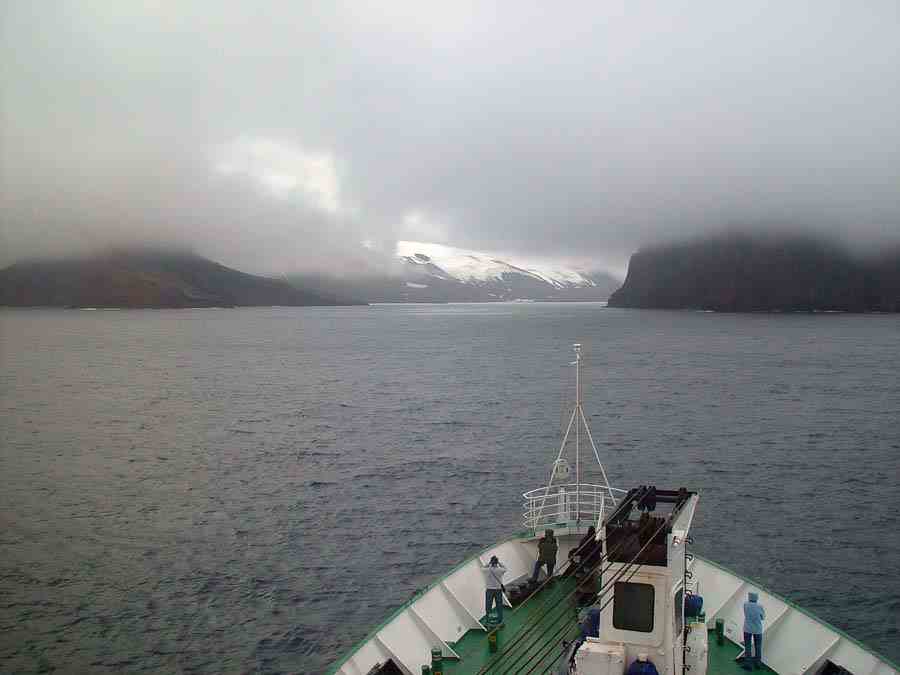
Whaler's Bay The caldera inside Deception Island is an ideal harbour. Britain had a base here and even an aircraft hanger. The 1967 eruption forced its closure. Argentina also had a nearby base and during this eruption they had to flee to the British base using corrugated iron as shields. |
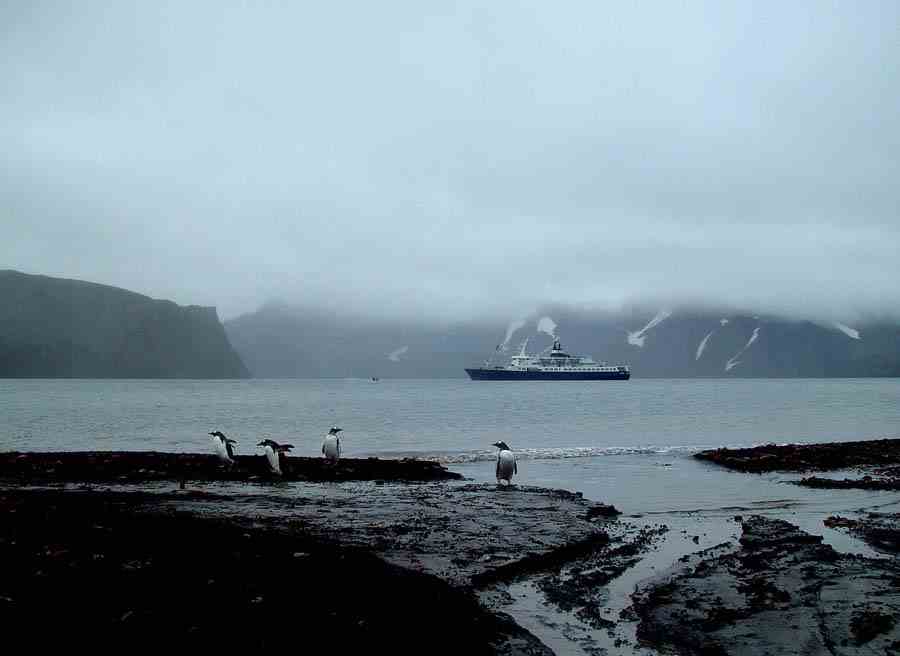
|
Cuverville Island |
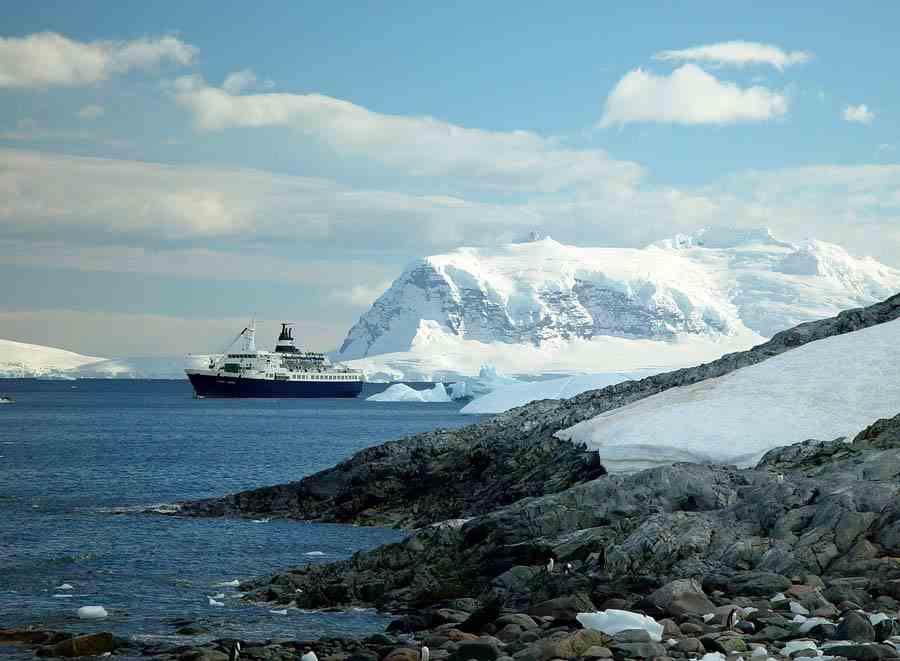

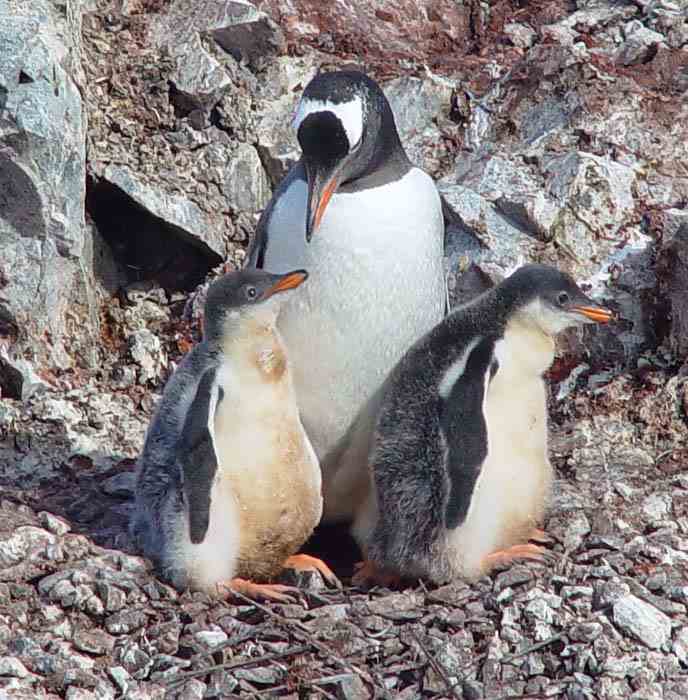

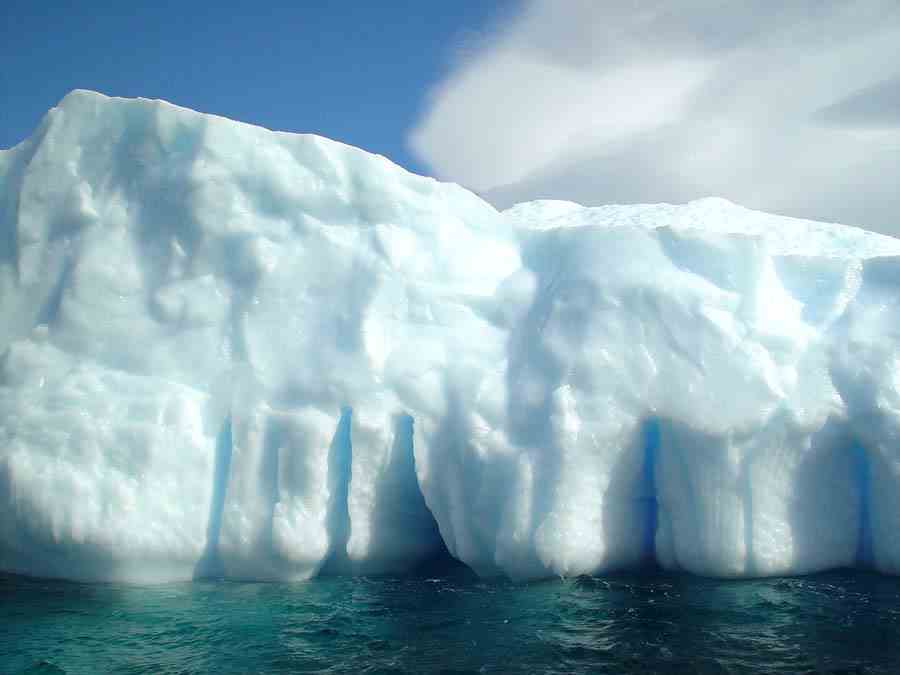
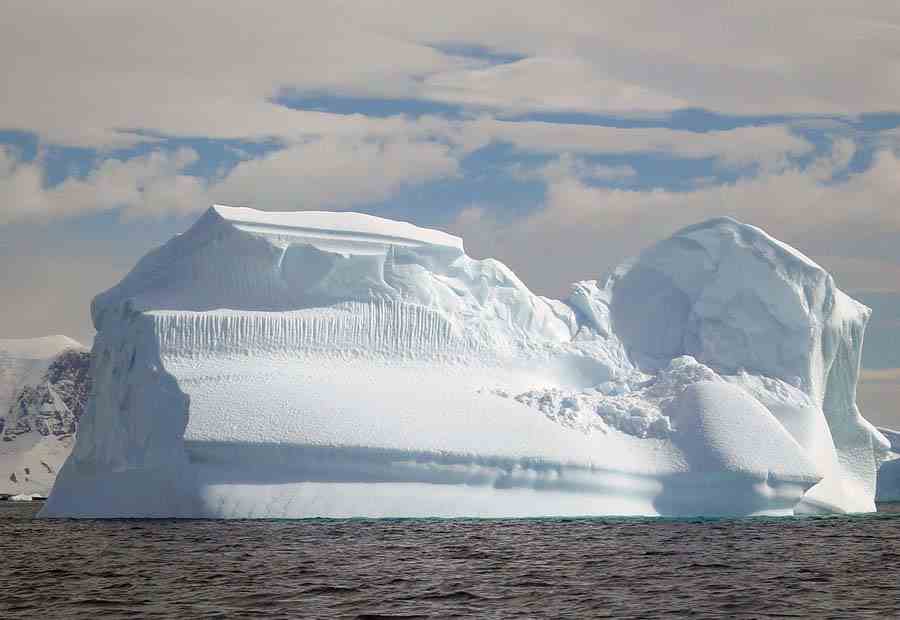
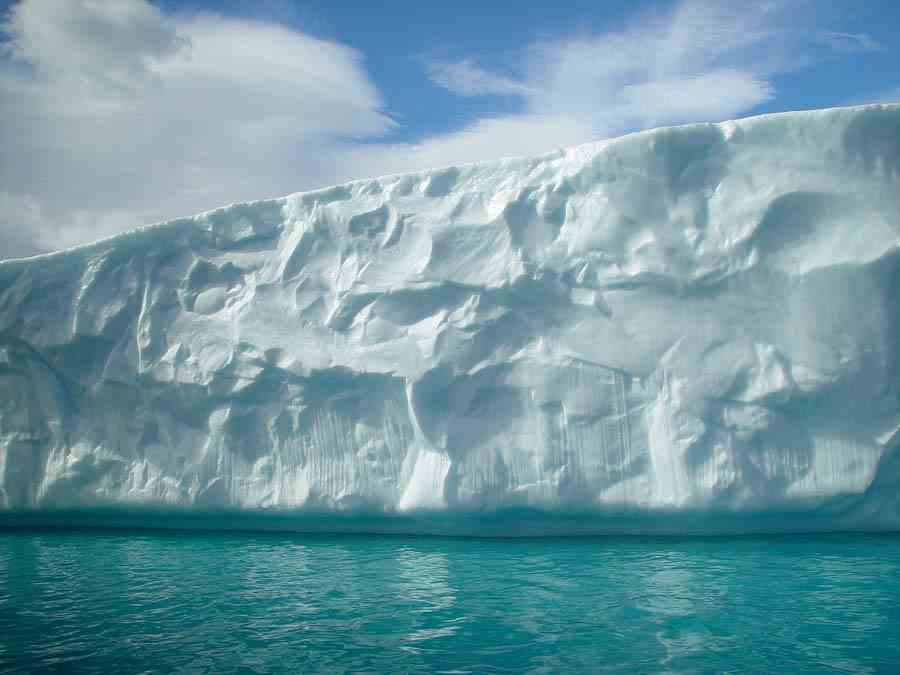
Paradise Bay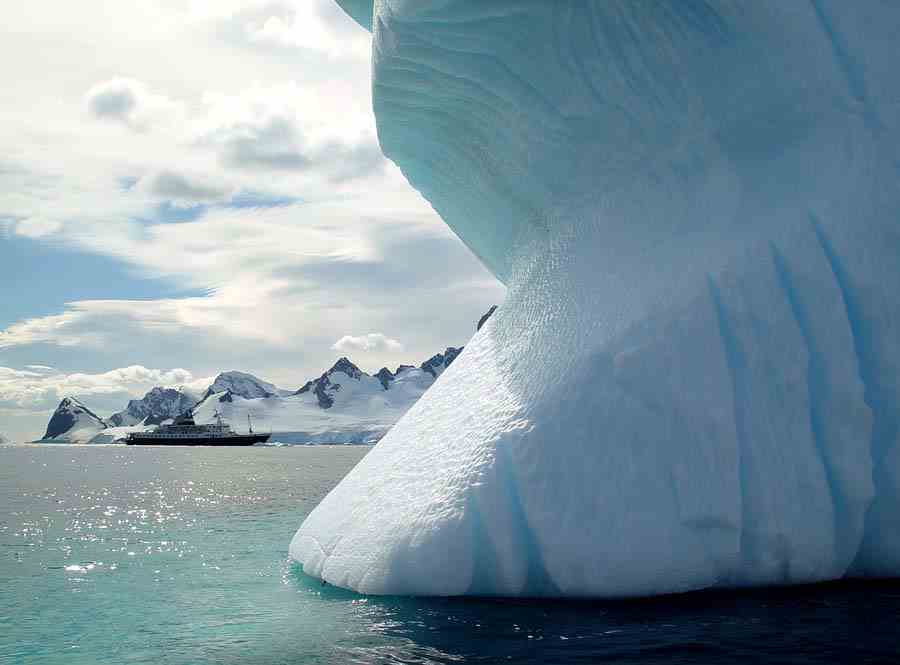
Technically an iceberg is supposed to measure more than 100 square metres in area and stand more than 5 metres above the surface.
Smaller pieces of ice are called bergy bits.
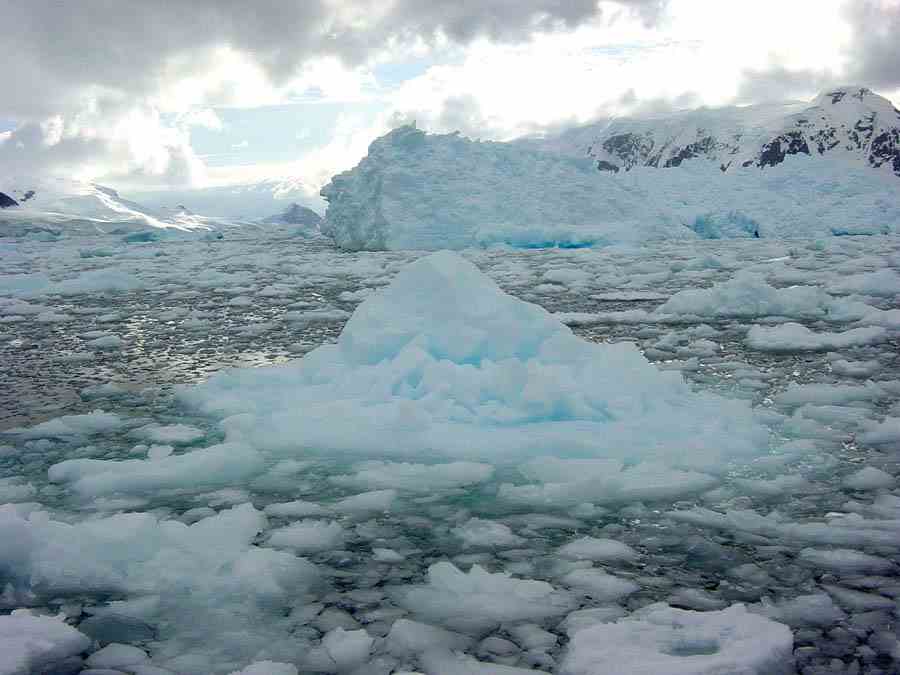
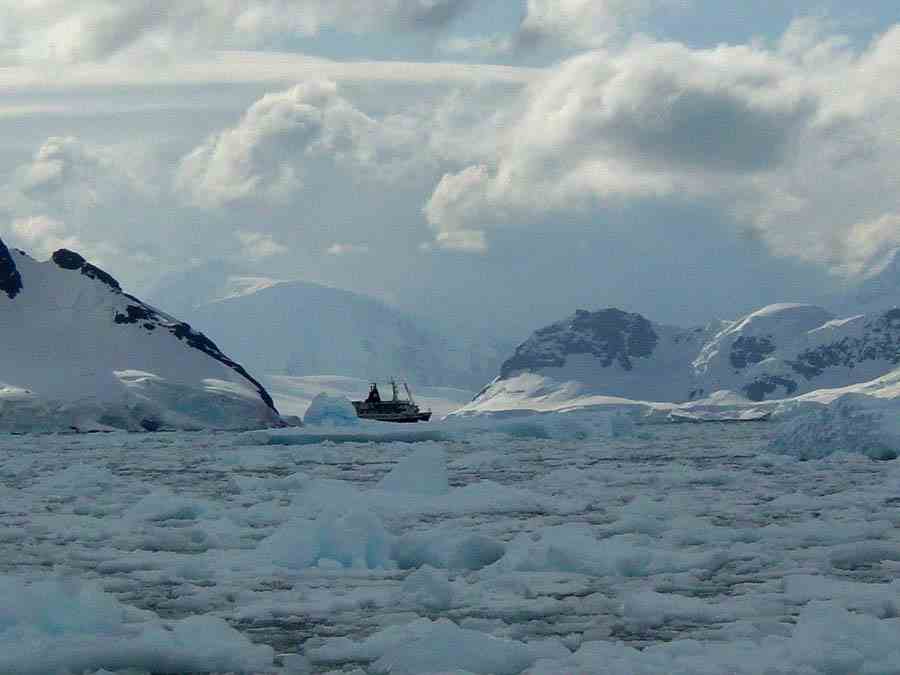
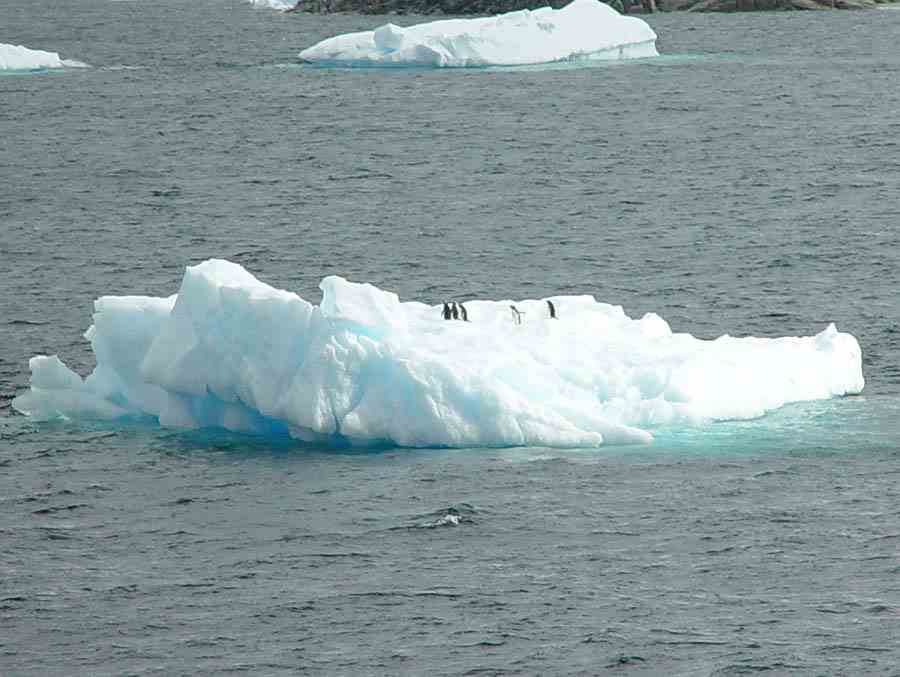

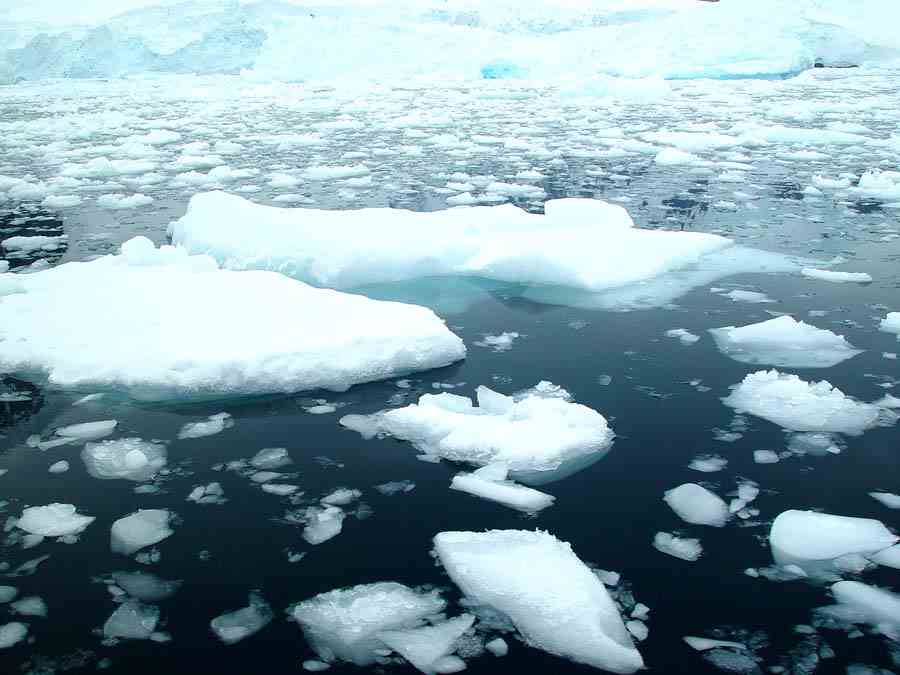

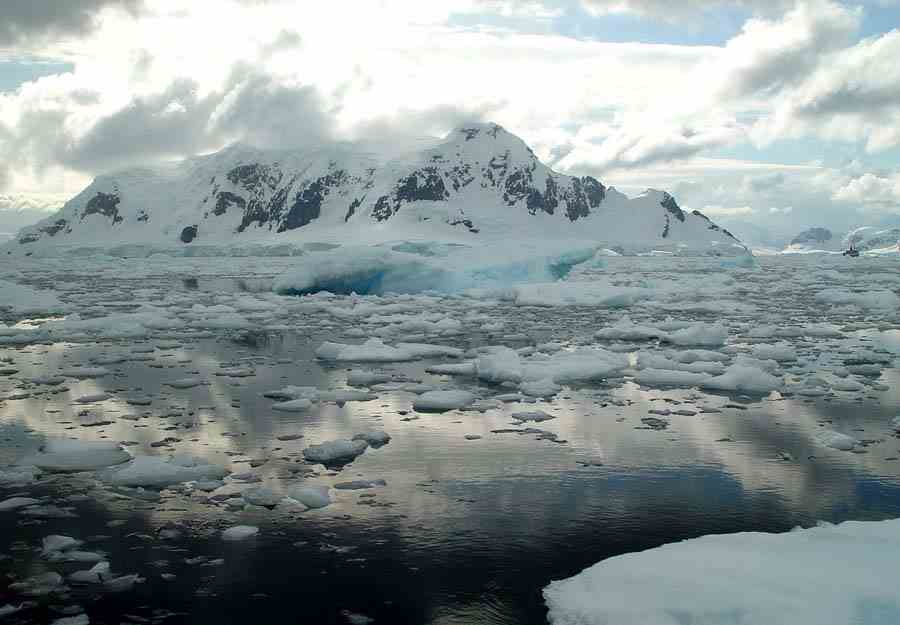
Lemaire Channel
This was the scene when we woke up on the morning of day 6 of the cruise.
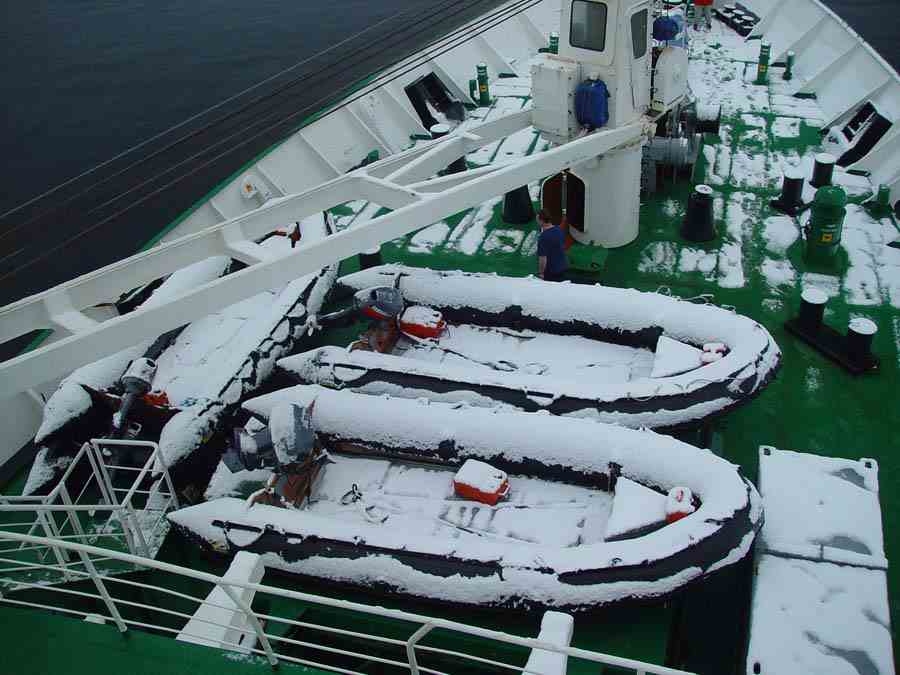
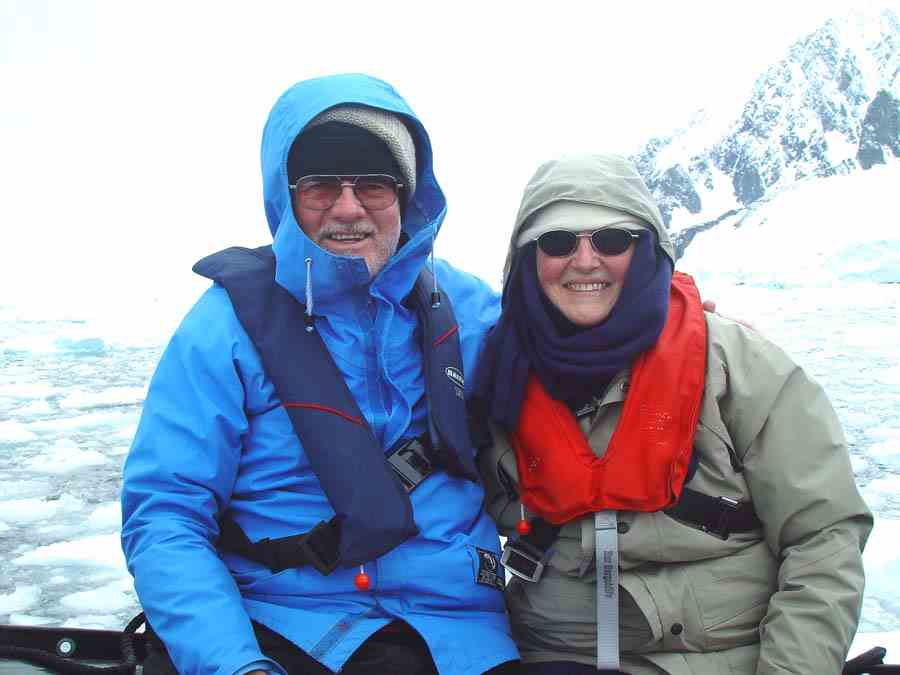
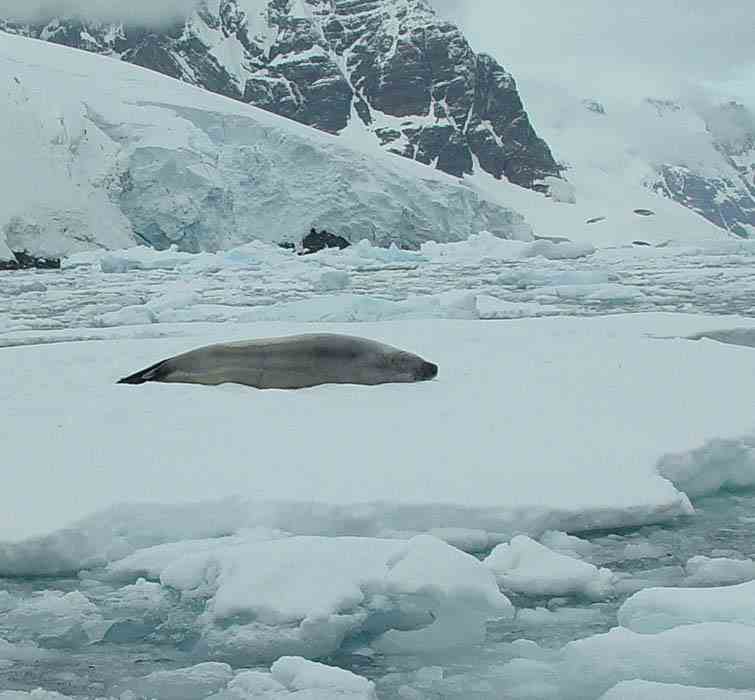
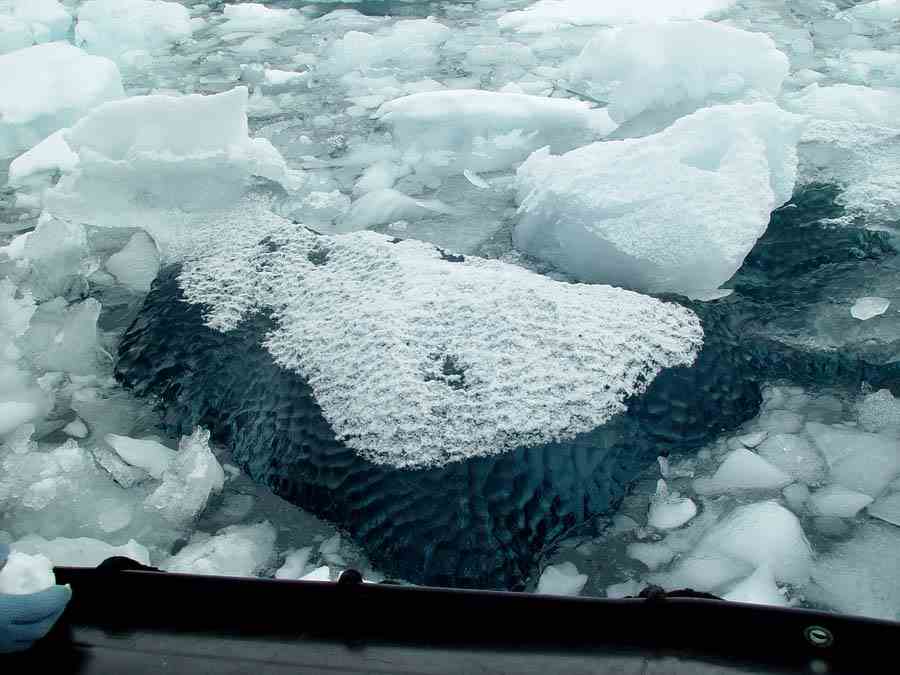
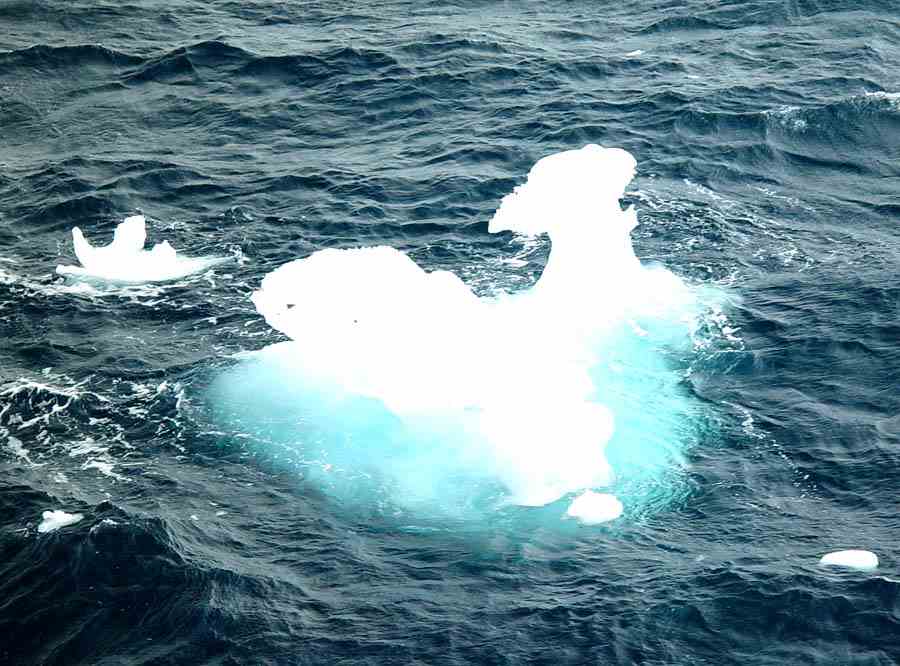
|
Port Lockroy Port Lockroy is a British base established in 1944 and almost continually occupied until 1962. Research carried out by
the 4 to 9 people who occupied the station was topographical surveys, From 1950 the station
played an important role in ionospheric research and was a key
monitoring site It is now staffed in
summer selling souvenirs and stamps to the tourists. Money raised helps
to restore historic Antarctic bases. |
|
|
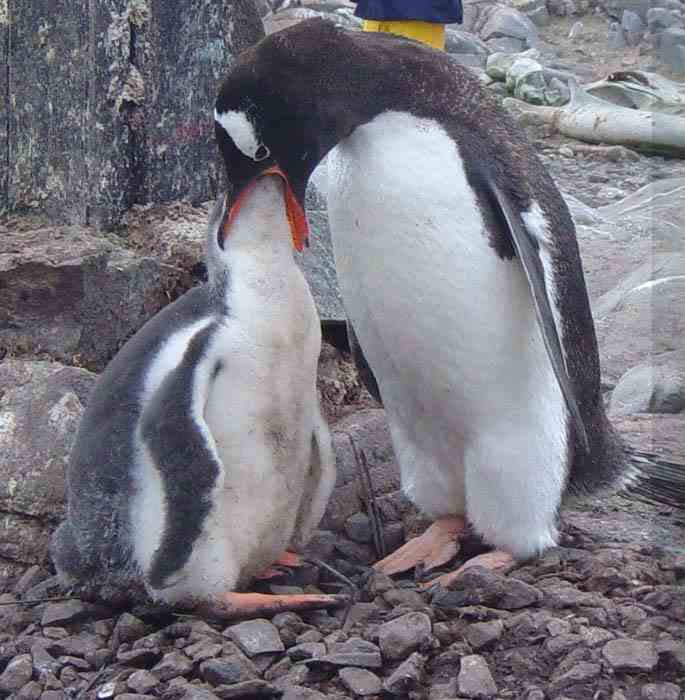
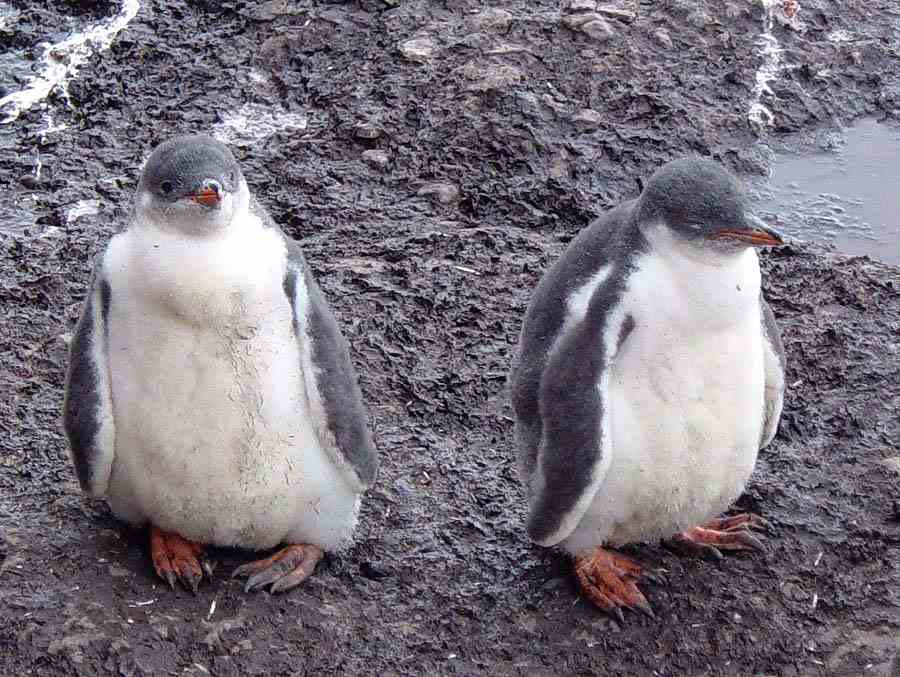
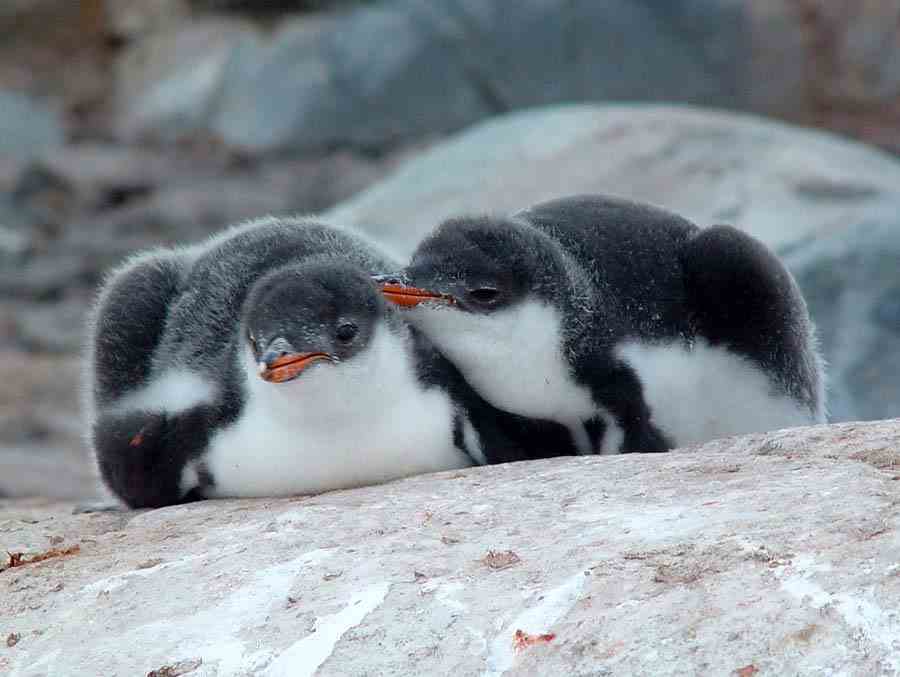
Neko Harbour
Located on the Antarctic peninsula, Neko
Harbour was named
after
the whale ship, Neko,
which
often used this bay from 1911 to 1924.
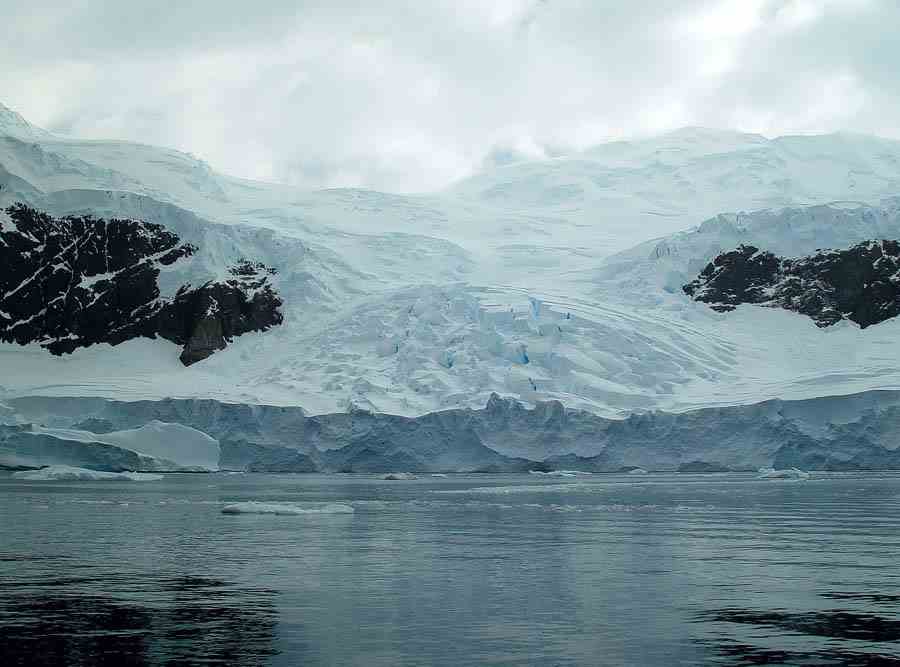

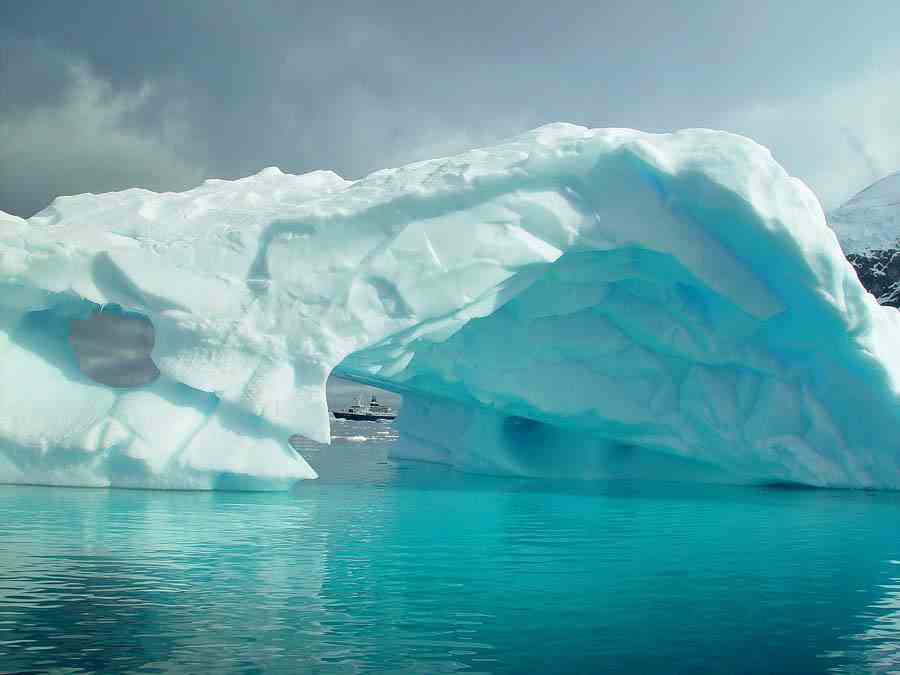
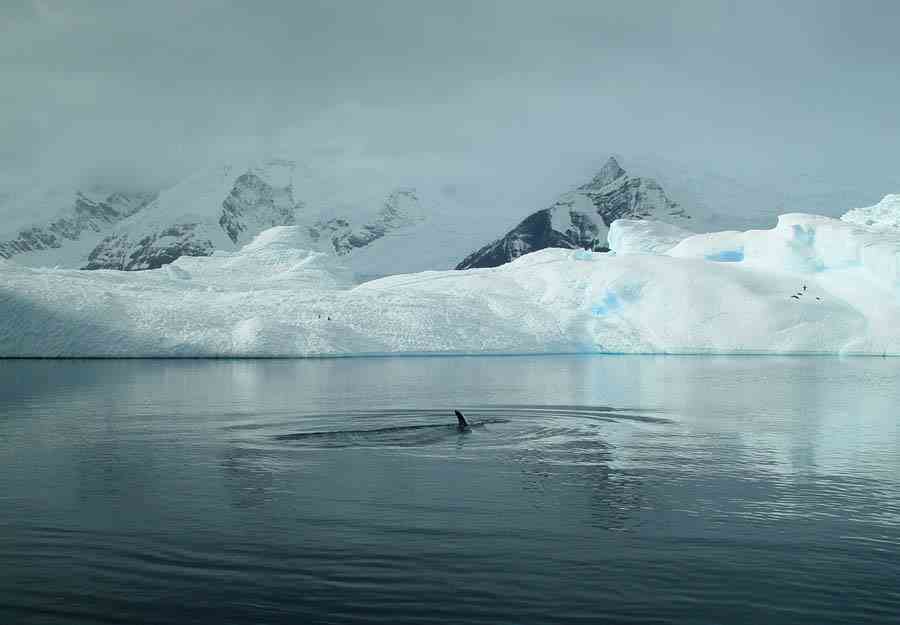
The Antarctic Continent
One of the passengers on The Orlova has worn the same boots on all 7 continents!
At Neko Harbour ò
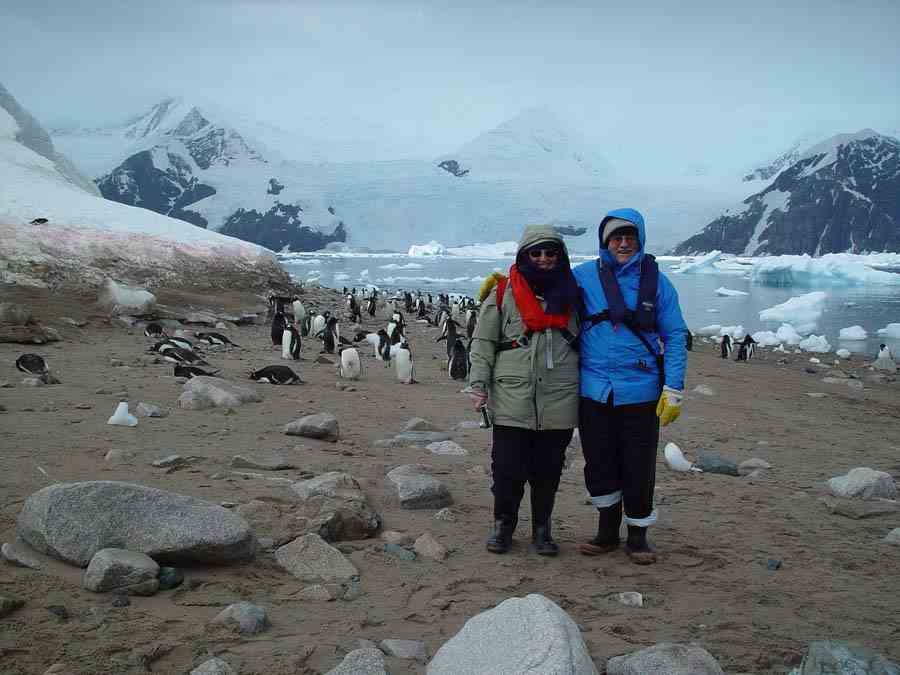
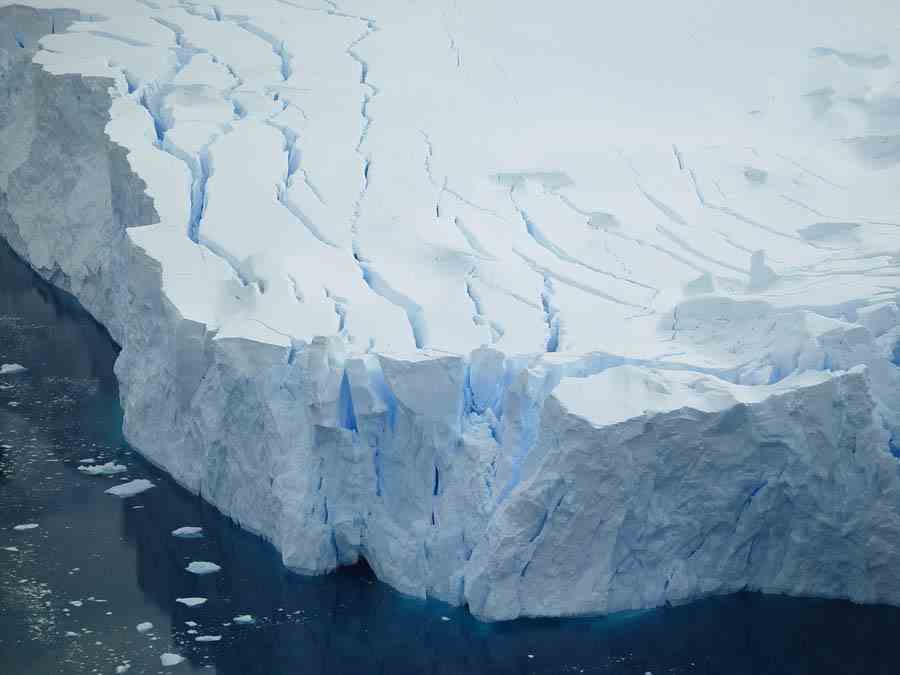
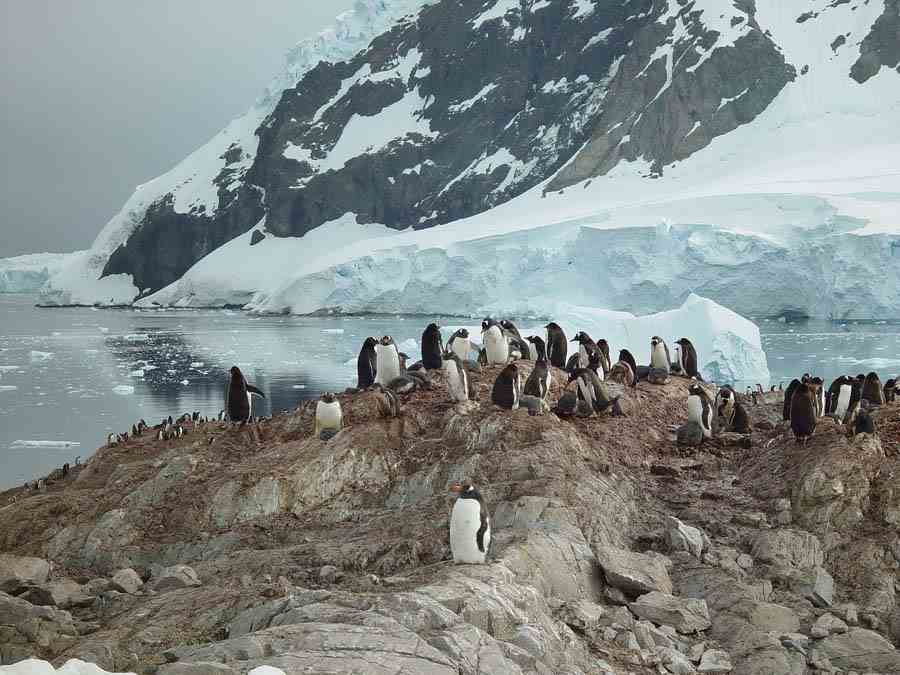
After 3½ fabulous days in the peninsula area we set out on the 60 hour crossing of the Drake Passage back to Ushuaia.
|
Cape
Horn, 15km in the
distance.
As we left from, and were arriving back
at an Argentine port,
we were not able to go any closer. The cape is actually on an island,
the southern point of Isla Hornos. It is Chilean territory, and has a
small weather station manned by navy personnel.
Cape Horn was first rounded in 1616 by 2 Dutch merchants, Le Maire and Van Schouten, who were trying to find an alternative route to the Pacific and thus avoid paying fees to navigate the Strait of Magellan. They named it after Hoorn, their home town in the Netherlands. |
|
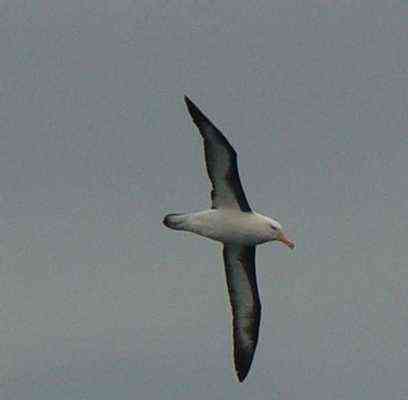
Back to Ushaia ... the end of the world, the beginning of everything ...
